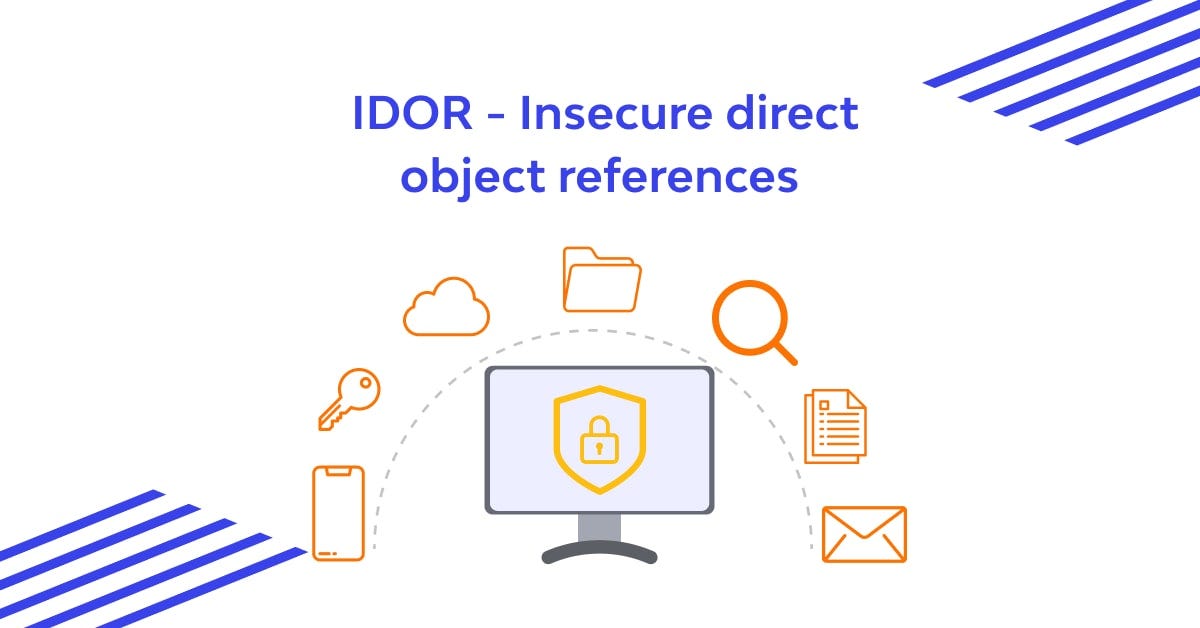BOOK THIS SPACE FOR AD
ARTICLE ADSafeguarding Bug Bounty Programs: Strategies to Detect and Counter Sybil Attacks | Karthikeyan Nagaraj
Introduction:
Bug bounty programs have become an integral part of ensuring robust cybersecurity.They allow organizations to tap into the collective intelligence of ethical hackers worldwide to identify vulnerabilities and enhance their security posture.However, as with any system that involves human interactions, there are potential risks.One such threat is the Sybil attack. In this article, we will delve into the concept of Sybil attacks, their implications on bug bounty programs, and provide valuable tips on mitigating this security risk.What are Sybil Attacks?
Sybil attacks refer to a malicious actor creating multiple fake identities or accounts to manipulate a system.This attack vector takes advantage of the decentralized and open nature of bug bounty programs, aiming to exploit the rewards offered for discovering vulnerabilities.Impact on Bug Bounty Programs
Sybil attacks pose serious challenges to bug bounty programs, as they undermine the integrity and fairness of the entire ecosystem. Here are some key impacts to consider:
Inflated Bug Reports: Sybil attackers can flood the program with a large number of fake bug reports, making it difficult for program managers to identify genuine vulnerabilities among the noise.Reputation Damage: The presence of Sybil attackers can tarnish the reputation of the bug bounty program, discouraging genuine ethical hackers from participating and reducing the overall effectiveness of the initiative.Fraudulent Rewards: Malicious actors may attempt to exploit the reward system by creating multiple fake accounts to claim undeserved bounties, leading to financial losses for the organization running the program.Mitigating Sybil Attacks in Bug Bounty Programs
While Sybil attacks present challenges, there are effective measures that bug bounty programs can implement to mitigate this threat. Here are some crucial tips:
Robust User Verification: Implement a thorough vetting process to verify the identity and credentials of participants. This can include verifying personal information, conducting background checks, and ensuring participants adhere to strict guidelines and ethical standards.Multi-Factor Authentication (MFA): Require the use of MFA mechanisms to strengthen account security. This helps prevent attackers from easily creating multiple accounts, as they would need to bypass additional authentication factors.Reputation Systems: Develop reputation systems that track and analyze the performance of bug bounty participants. Assign ratings or scores based on the quality and accuracy of their bug reports, enabling program managers to identify high-value contributors and potentially suspicious activities.Human Verification: Introduce manual reviews of bug reports to detect any suspicious patterns or potential Sybil attacks. This involves a team of security experts examining the reports for consistency, accuracy, and adherence to program guidelines.Bug Bounty Platform Security: Ensure the bug bounty platform itself is secure from Sybil attacks. Implement strong access controls, session management, and vulnerability scanning to safeguard the platform against unauthorized access and potential exploits.Continuous Monitoring: Regularly monitor the program for any signs of Sybil attacks. Analyze user behavior, patterns, and report quality to identify outliers or suspicious activities that may indicate Sybil attempts.Incentive Structure: Design an incentive structure that rewards quality over quantity. Consider rewarding ethical hackers based on the significance and impact of their discoveries rather than solely the number of bugs reported. This approach encourages participants to focus on finding high-impact vulnerabilities rather than flooding the program with low-value reports..png)
 11 months ago
57
11 months ago
57 














 Bengali (Bangladesh) ·
Bengali (Bangladesh) ·  English (United States) ·
English (United States) ·